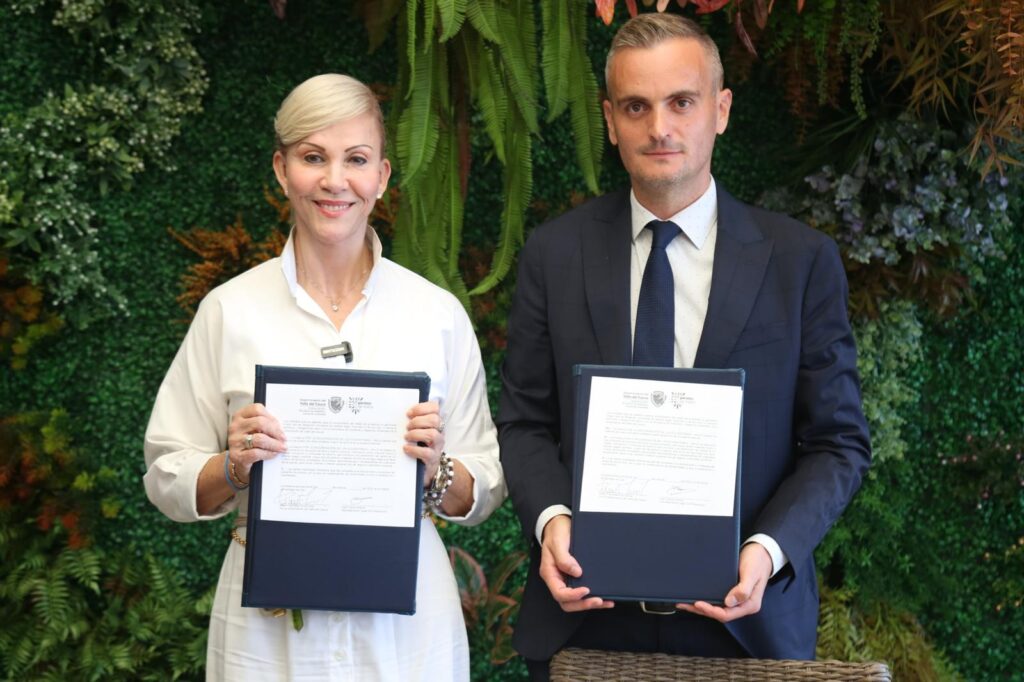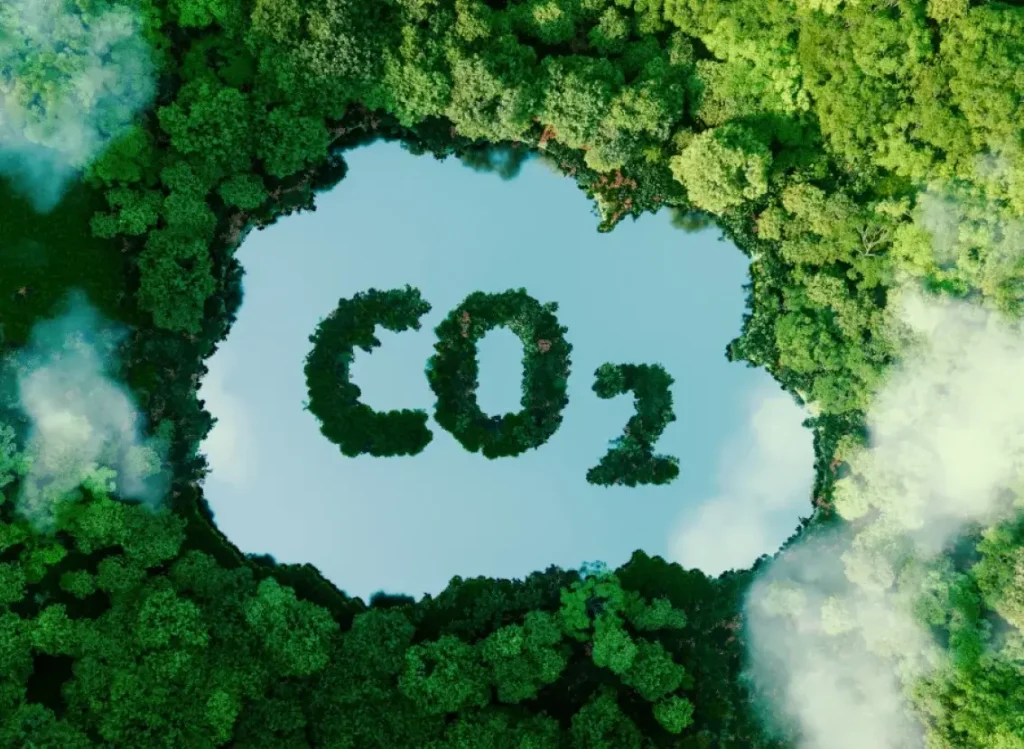Traveling and being sustainable go hand in hand. In recent years, the tourism industry has been moving towards more sustainable business models. However, many travelers choose the most common destinations, favoring mass tourism.
One way to support the fight against climate change is to engage in responsible tourism.
What is responsible tourism?
The World Tourism Organization (UNWTO) considers “sustainable” tourism to be tourism that optimally utilizes environmental resources. To achieve this, it is necessary to maintain processes that help conserve biodiversity and natural resources. To ensure that tourism is responsible, these three pillars must be considered:
- Optimizing environmental resources
- Protecting cultural and natural heritage
- Providing economic and social benefits
Tips for enjoying a sustainable Easter
There are increasingly numerous alternatives for traveling in a sustainable and environmentally friendly way. Here are some:
According to a study by the Global Sustainable Tourism Council (GSTC) and the Hotel Technology Institute (ITH), 90% of surveyed travelers would choose a sustainable hotel to stay in, and 34% of them would be willing to pay more for this type of accommodation.
Some factors to consider when choosing your accommodation include selecting places that promote the local economy such as inns or hotels that use measures such as renewable energy facilities, low-consumption or LED lighting, electric vehicle charging points, and proximity to local areas.
Say “yes” to sustainable transportation: Airplanes produce the highest carbon footprint among transportation methods. Given the wide range of options available for traveling, we recommend trains, as they are often the most affordable and environmentally friendly means. Buses or carpooling through car-sharing applications are another alternative to be more sustainable. If avoiding airplanes is not possible, travel with companies that have emission offset programs.
Explore the local market and leave fast food behind: This is an opportunity to enjoy seasonal food and eat authentic dishes. It’s a treat that industry professionals even prepare in their own restaurants.
Go with the flow: We tend to always rush to the same places, to crowded tourist spots where everyone goes, what we call mass tourism. To discover magical corners and enrich your experience, take the time to admire the beauty of the landscape. Enjoy your trip by walking around; it’s how you truly get to know a city and its culture.
Use reusable products: When traveling, we often get hot and buy plastic-wrapped water bottles and food. Be proactive and pack an aluminum or glass bottle and a reusable cloth bag in your suitcase; it weighs less and is more convenient to carry!
Support the local economy: Purchasing locally made artisan products and souvenirs contributes to the local economy and thus to the preservation of authentic cultural heritage, benefiting local residents.
Now that you know what to do before choosing a trip, remember to turn off or put your electronic devices on standby when you go out. The planet will thank you, and so will you.


